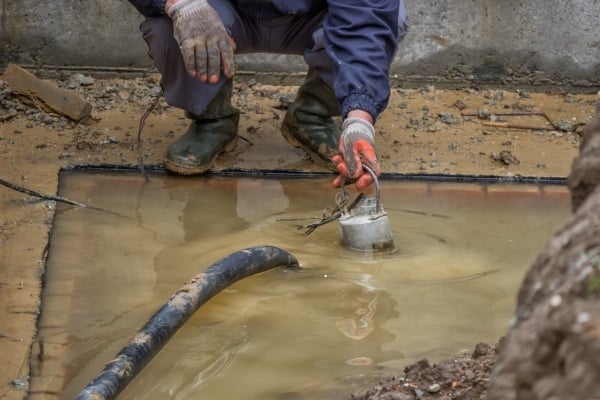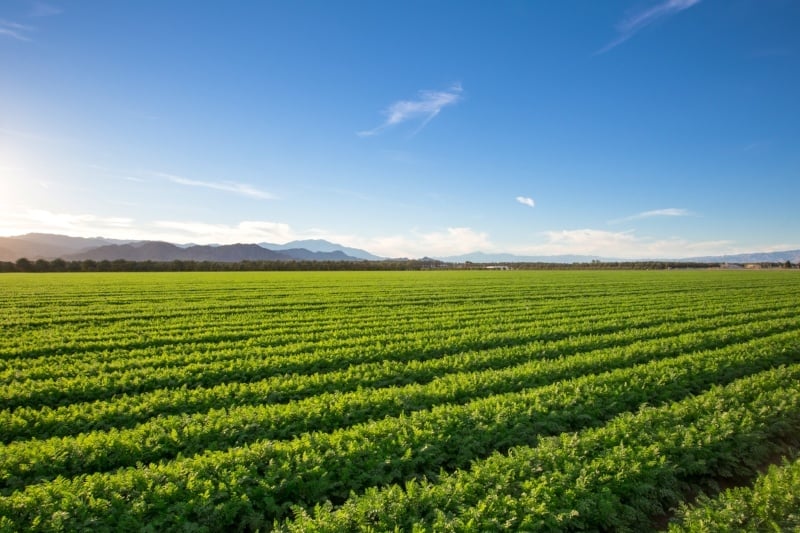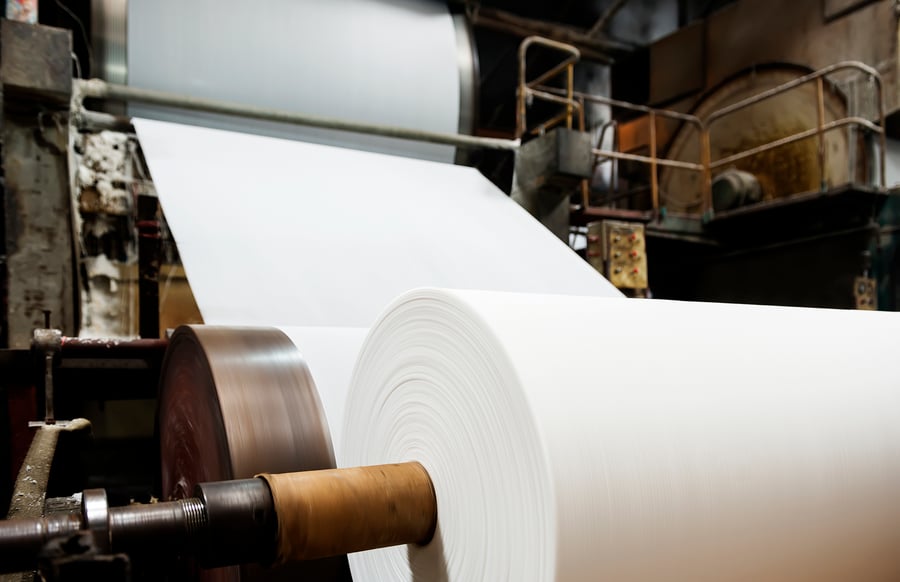CX-20 & 30 Moisture Meters: Benefits for the Cotton Industry
.jpg)
Cotton is one of the world's most versatile resources because its fabric can be processed into an almost unlimited line of products. Consequently, global cotton industries are constantly evolving their capacities and product lines. The competition is intense, so cotton producers must ensure their product is of the highest quality if they intend to maintain their market share.
In this installment of our in-depth series exploring Delmhorst’s robust catalog of Navigator™ moisture meters, we discuss how Delmhorst's meters can provide critical quality data to every cotton producer and manufacturer throughout the growing, ginning, and fabricating processes.
Stable, Sustainable Cotton
America is the world's third largest cotton producer, behind India and China. Brazil is fourth on this list, and these four countries reliably produce an average of three-quarters of the global raw cotton supply. Cotton consumption (as opposed to cotton supply) is a much broader global market, as are the regions where raw cotton is processed into fabrics. These fabrics are then distributed even further abroad for manufacturing into clothing and other textile products. Textile mills that process raw cotton into cloth are springing up in more countries around the world, including Vietnam, Bangladesh, Pakistan, and Turkey, adding to the number already existing in the four top cotton-producing countries.
Throughout this cotton industry, the supply chain matrix is a constellation of regionally-based rules and customs that guide or mandate cotton quality. Growers, manufacturers, and fabricators must maintain the quality of their cotton stock throughout their processing to ensure it complies with regulations and standards in any of its stages -- raw, milled, or in product form. Delmhorst designed its soon-to-be-released CX-20 and CX-30 moisture meters as devices to help all players in the cotton trade achieve their corporate and marketplace goals.
Enhance Cotton Quality Using the Delmhorst CX-20 and CX-30 Moisture Meters
These new Delmhorst meters were designed specifically for the cotton industry. They build on the quality resources and capacities of Delmhorst's earlier cotton moisture meter versions while adding the latest in cutting-edge technological innovations. They also incorporate Delmhorst's existing probes and electrodes into their functioning, so users can continue to leverage those assets as they reap the added benefits and capabilities of the new meters.
The efficient and convenient CX-20 and CX-30 moisture meters capture accurate moisture content (MC) levels across the entire cotton collection and delivery life cycle, including during harvest, while in storage, and during transport. They are calibrated into four categories for cotton and material testing:
-
Lint cotton is the fibrous, hairy coat that covers the cotton seed. Lint is processed ('ginned') off the seed and into cotton fabric. Before ginning, the ideal MC for lint is between 6.5% and 8%.
-
Seed cotton comes from the hard center of the boll. Cotton seeds are processed into cottonseed oil, which has many uses. The optimal MC for cotton seed ranges from less than 5% (at 10% relative humidity) to 18% (at 90% humidity).
-
Viscose rayon, often used in conjunction with cotton for clothing manufacturing, is optimal for use with an MC level of 11%.
-
Nylon, also a common garb partner with cotton, holds an equilibrium MC of about 2%.
Relative humidity in storage or transport can affect raw cotton's quality by increasing or decreasing its MC. Too much moisture can render the stock unmarketable, while too little moisture can cause shorter fiber length and reduced fiber uniformity. The Delmhorst cotton moisture meter can alert producers to MC concerns before damage or loss can occur.
Capture Quality Data with the Delmhorst CX-20 and CX-30 Moisture Meters
Delmhorst's two incoming moisture meters for cotton are highly anticipated by industry participants. They incorporate state-of-the-art digital resources into their standard functions:
-
Improved Visibility: Both meters have a large dashboard that is easy to read and see. The displays are designed to accurately inform users of MC levels in a range of lighting conditions, from very dim to very bright. They also adjust their contrast and brightness features to meet users' preferences. Whether meter readings are taken in a dark barn or a bright warehouse, meter readers will capture accurate and appropriate MC levels of their cotton stock.
-
Added Intuitive Controls: Navigating the new meter's functions and capacities is even easier than it was in previous versions. A redesigned interface allows streamlined access to and use of the features you need as you progress through your cotton moisture content project. Further, the ability to assess relevant, up-to-the-minute information as it streams across the dashboard lets cotton producers respond immediately if their stock is compromised by either too much or too little moisture.
-
Capture and Save Data: Each device also connects digitally to spreadsheets or through email to transmit data via Delmhorst's Edge™ App. The Edge™ App facilitates unlimited data storage for a variety of readings and materials.
While America's cotton production region is relatively small, the global market for its products is large and is growing. Delmhorst cotton moisture meters assure businesses with investments in high-quality cotton products that their agricultural resource maintains optimal MC for its ultimate purpose. Reach out today to speak to one of Delmhorst's moisture meter experts to discuss your organization's product moisture concerns and solutions.
Subscribe to Our Blog
Post Related

Moisture Meters You Should Stock for Contractor Customers

